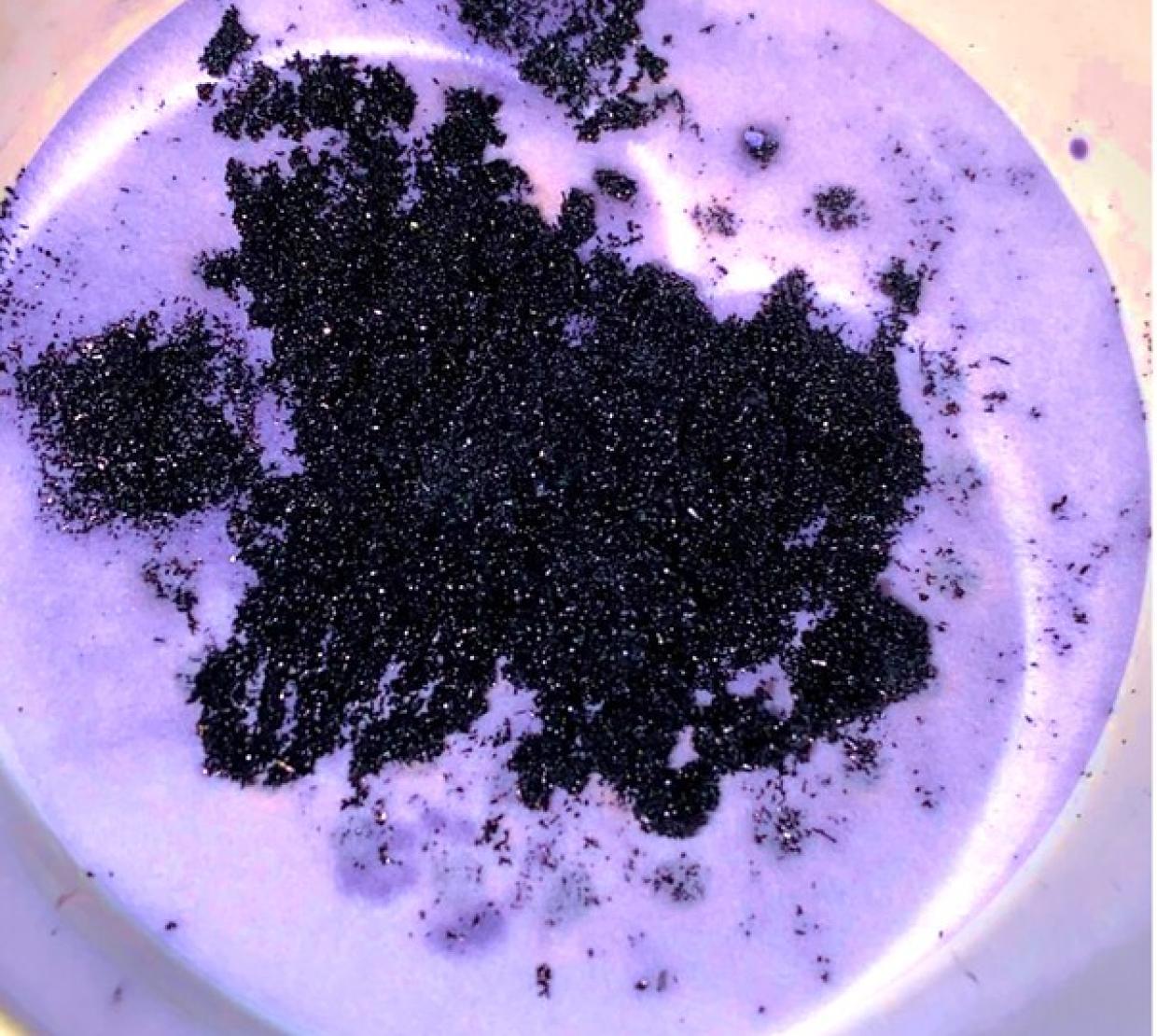A chemical element so visually striking it was named for a goddess shows a “Goldilocks” level of reactivity – neither too much nor too little – that makes it a strong candidate as a carbon scrubbing tool.
The element is vanadium, and Oregon State research led by May Nyman of the Department of Chemistry has demonstrated the ability of vanadium peroxide molecules to react with and bind carbon dioxide – an important step toward improved technologies for removing carbon dioxide from the atmosphere.
The study is part of a $24 million federal effort to develop new methods for direct air capture, or DAC, of carbon dioxide, a greenhouse gas that’s produced by the burning of fossil fuels and is associated with climate change.
Facilities that filter carbon from the air have begun to spring up around the globe but they’re still in their infancy. Technologies for mitigating carbon dioxide at the point of entry into the atmosphere, such as at power plants, are more well developed. Both types of carbon capture will likely be needed if the Earth is to avoid the worst outcomes of climate change, scientists say.
In 2021 Nyman, the Terence Bradshaw Chemistry Professor in the College of Science, was chosen as the leader of one of nine direct air capture projects funded by the Department of Energy. Her team is exploring how some transition metal complexes can react with air to remove carbon dioxide and convert it to a metal carbonate, similar to what is found in many naturally occurring minerals.
Transition metals are located near the center of the periodic table and their name arises from the transition of electrons from low energy to high energy states and back again, giving rise to distinctive colors. For this study, the scientists landed on vanadium, named for Vanadis, the old Norse name for the Scandinavian goddess of love said to be so beautiful her tears turned to gold.
Nyman explains that carbon dioxide exists in the atmosphere at a density of 400 parts per million. That means for every 1 million air molecules, 400 of them are carbon dioxide, or 0.04%.
“A challenge with direct air capture is finding molecules or materials that are selective enough, or other reactions with more abundant air molecules, such as reactions with water, will outcompete the reaction with CO2,” Nyman said. “Our team synthesized a series of molecules that contain three parts that are important in removing carbon dioxide from the atmosphere, and they work together.”
One part was vanadium, so named because of the range of beautiful colors it can exhibit, and another part was peroxide, which bonded to the vanadium. Because a vanadium peroxide molecule is negatively charged, it needed alkali cations for charge balance, Nyman said, and the researchers used potassium, rubidium and cesium alkali cations for this study.
She added that the collaborators also tried substituting other metals from the same neighborhood on the periodic table for vanadium.
“Tungsten, niobium and tantalum were not as effective in this chemical form,” Nyman said. “On the other hand, molybdenum was so reactive it exploded sometimes.”
Read more here.



